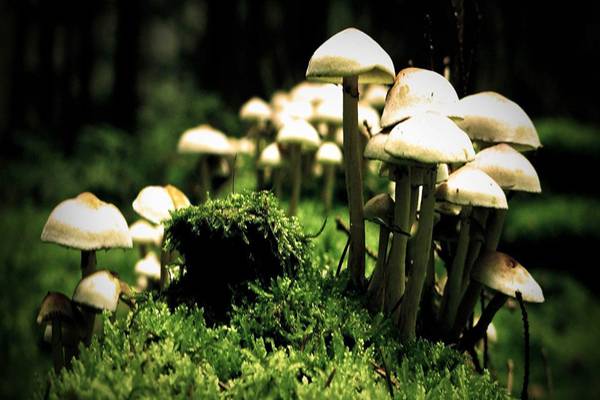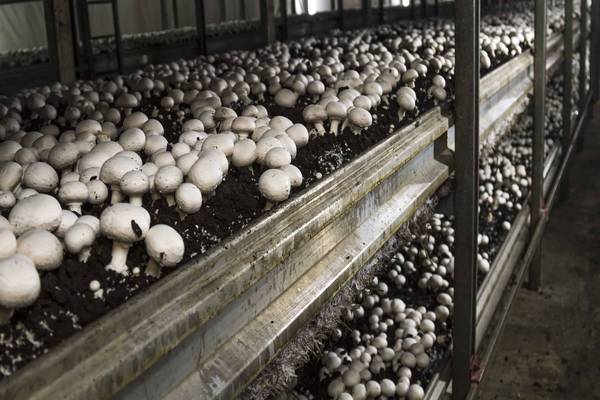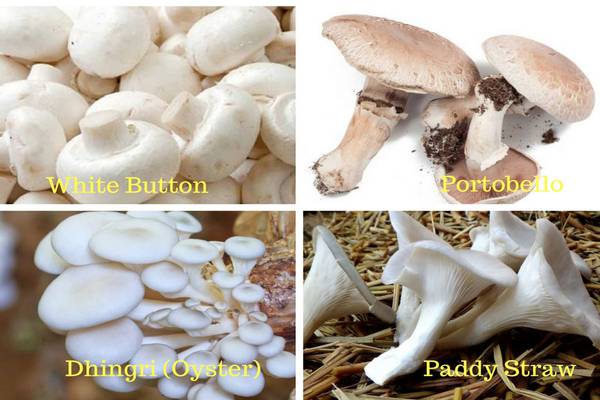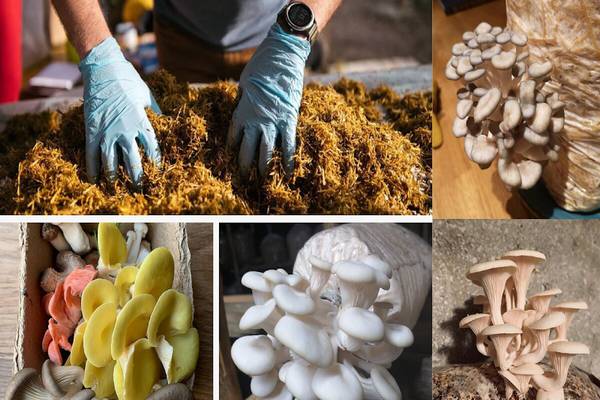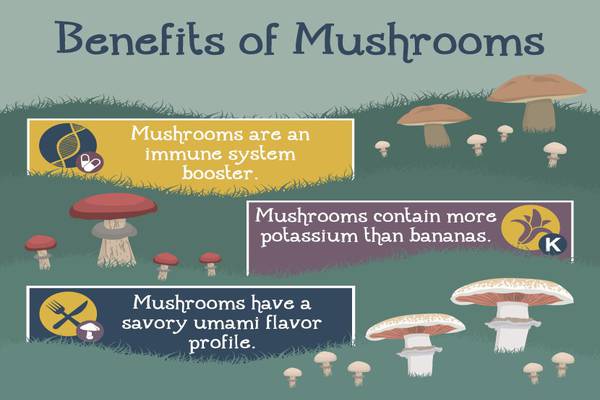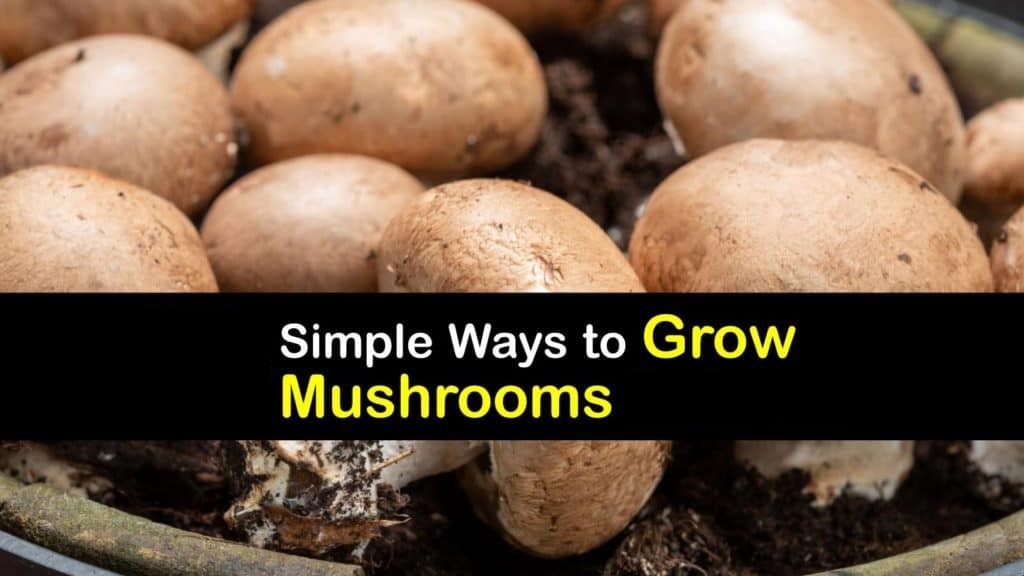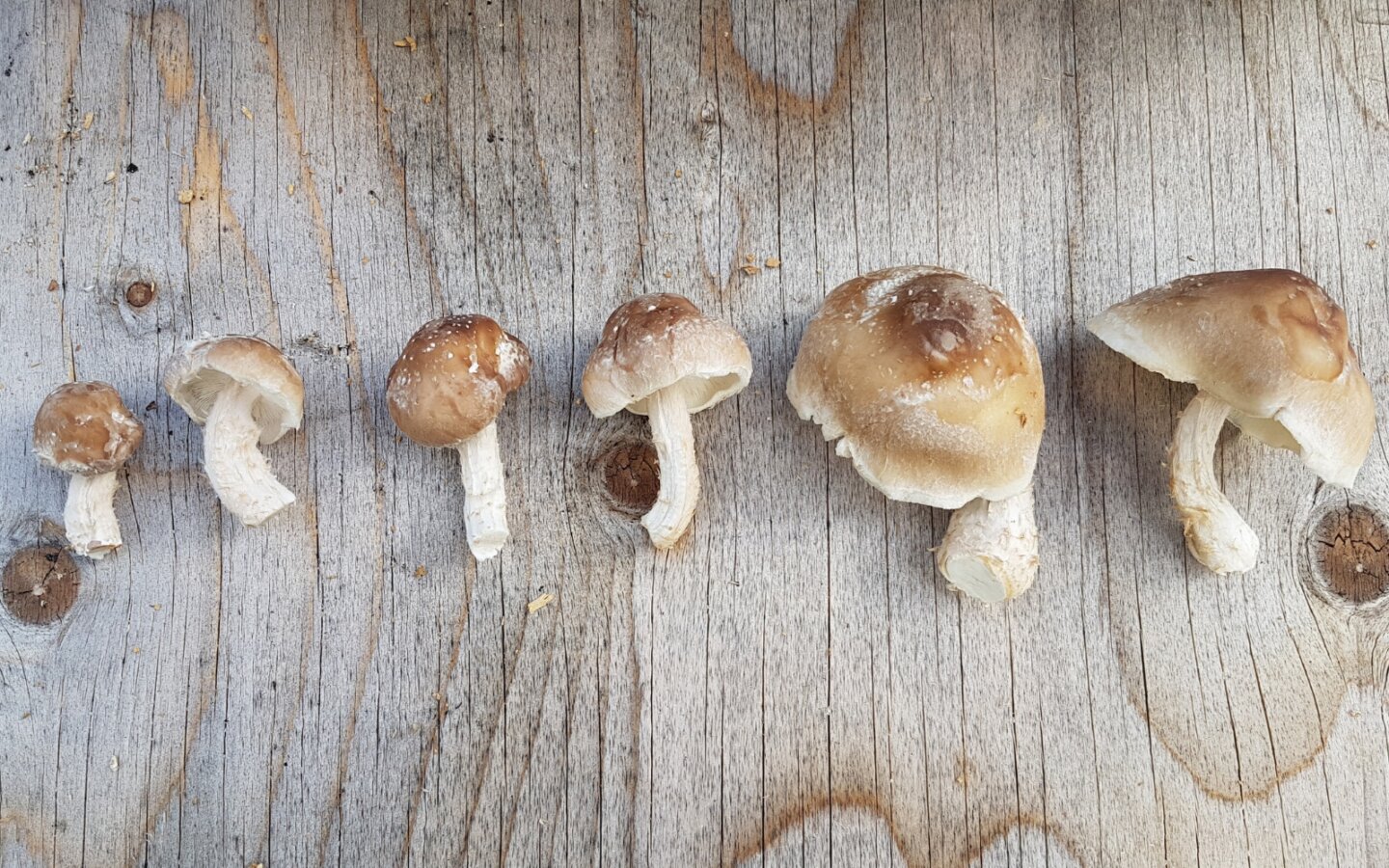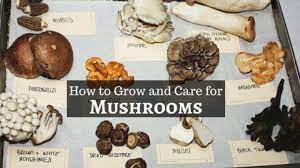Mushroom Cultivation: A Comprehensive Guide To Growing Your Own Mushrooms
Drafted by: vijaychourey26@gmail.com
Are you curious about the world of mushroom cultivation? From their earthy flavors to their impressive health benefits, mushrooms have captured the attention of food enthusiasts, health seekers, and gardeners alike. In this article, we will delve into the fascinating world of mushroom cultivation, exploring the preparation process, the numerous benefits these fungi offer, and the various types you can grow. Whether you're a seasoned gardener or a beginner, this guide will provide valuable insights into the art of cultivating mushrooms at home.
Mushrooms have captivated cultures for centuries. Their unique flavors and textures, combined with their potential health benefits, have made them a sought-after culinary and medicinal delight. But have you ever considered growing your own mushrooms at home? The journey of mushroom cultivation is a rewarding one, allowing you to witness the transformation from spore to full-grown mushroom.
Understanding Mushroom Cultivation
The Basics of Mushroom Growth
Mushrooms are the fruiting bodies of fungi, and their growth follows a distinct life cycle. The process begins with spore germination, followed by mycelium formation—the thread-like structure that serves as the mushroom's "roots." As the mycelium matures, it develops the potential to produce mushrooms, which are essentially the reproductive structures of the fungi.
The Importance of Proper Conditions
Successful mushroom cultivation requires meticulous attention to detail, particularly in creating the ideal growing conditions. Factors such as humidity, temperature, light exposure, and air circulation play crucial roles in determining the growth and quality of your mushrooms.
Preparation For Mushroom Cultivation
Choosing the Right Mushroom Species
Before embarking on your mushroom cultivation journey, it's essential to select the right mushroom species for your climate and preferences. Different mushrooms thrive under specific conditions, so research and choose accordingly.
Selecting the appropriate mushroom species is the first crucial step in successful cultivation. Different species have unique requirements and growth habits. Some popular choices for beginners include:
Agaricus bisporus (White Button Mushroom)
The White Button Mushroom is an excellent choice for newcomers due to its adaptability and versatility. It thrives in compost-based substrates and is a great introduction to mushroom cultivation.
Pleurotus ostreatus (Oyster Mushroom)
Oyster mushrooms come in various colors and are known for their rapid growth. They can be grown on a range of substrates, making them a popular choice among cultivators.
Selecting the Growth Medium
The growth medium, also known as the substrate, is the material on which your mushrooms will grow. It can include various components such as sawdust, straw, wood chips, and more, depending on the mushroom type.
Creating a Suitable Growing Environment
Creating a controlled environment is key to successful mushroom cultivation. This might involve using a humidity tent, temperature-controlled room, or even a greenhouse, depending on the chosen mushroom species.
Methods Of Mushroom Cultivation
Growing Mushrooms Indoors
Indoor cultivation offers the advantage of year-round production and better control over growing conditions. It's an ideal option for beginners and those with limited outdoor space.
Cultivating Mushrooms Outdoors
Outdoor cultivation involves mimicking the mushroom's natural habitat. While it requires more attention to weather and environmental factors, it can yield impressive harvests.
Innovative Methods: Hydroponic Mushroom Cultivation
Hydroponic cultivation is gaining popularity due to its efficiency and space-saving benefits. It involves growing mushrooms without soil, instead using nutrient-rich water solutions.
Benefits Of Cultivating Mushrooms
Nutritional Advantages of Mushrooms
Mushrooms are low in calories and rich in nutrients, making them an excellent addition to your diet. They are a good source of protein, fiber, vitamins, and minerals.
Medicinal Properties and Health Benefits
Certain mushroom species, such as shiitake and reishi, have been used in traditional medicine for their potential immune-boosting and antioxidant properties.
Environmental Impact and Sustainability
Mushroom cultivation can be environmentally friendly. The process often involves recycling agricultural waste, and the mushrooms themselves contribute to soil health.
Popular Types Of Cultivated Mushrooms
Button Mushrooms (Agaricus bisporus)
Button mushrooms are the most widely cultivated type. They have a mild flavor and are versatile in various dishes.
Shiitake Mushrooms (Lentinula edodes)
Known for their robust and earthy flavor, shiitake mushrooms are not only delicious but also hold potential health benefits.
Oyster Mushrooms (Pleurotus ostreatus)
Oyster mushrooms come in various colors and offer a delicate texture and subtle flavor. They are relatively easy to cultivate.
White and Brown Cremini Mushrooms
Cremini mushrooms are similar in taste to button mushrooms but have a deeper flavor profile. Brown creminis are more mature and earthier.
Enoki Mushrooms (Flammulina velutipes)
Enoki mushrooms have long, slender stems and small caps. They add crunch and a mild, refreshing taste to dishes.
Step-By-Step Guide To Cultivating Mushrooms
Creating the Growth Substrate
The growth substrate is prepared by mixing selected ingredients like sawdust, straw, and water. This mixture provides essential nutrients for mushroom growth.
Inoculating with Mushroom Spores
Spores are introduced to the growth medium, where they germinate and form mycelium. This process kickstarts the mushroom's growth cycle.
Managing the Incubation Period
During this phase, mycelium colonizes the growth substrate. It's crucial to maintain the right conditions for mycelial growth without any contamination.
Initiating Fruiting Conditions
After incubation, the conditions are adjusted to induce mushroom formation. Humidity, fresh air, and appropriate lighting play a role in this phase.
Harvesting and Storing Mushrooms
Once the mushrooms are mature, they are carefully harvested by gently twisting and pulling. Proper storage ensures their freshness and extends their shelf life.
Troubleshooting And Common Mistakes
Contamination Issues
Contamination by molds or bacteria can hinder mushroom growth. Maintaining cleanliness and proper sterilization techniques are vital to prevent this.
Poor Fruiting or Growth
Inadequate conditions during the fruiting stage can lead to stunted growth or no mushrooms at all. Adjusting humidity, light, and temperature is essential.
Inadequate Humidity or Ventilation
Mushrooms require humidity for healthy growth, but excessive moisture can lead to issues like mold. Finding the right balance is crucial.
Maintenance And Care Of Mushroom Growth
Caring for your growing mushrooms involves monitoring their growth, ensuring proper hydration, and protecting them from contaminants. Regular misting and maintaining the humidity level are critical for healthy development.
Preservation Techniques for Excess Mushrooms:
If you find yourself with an abundance of mushrooms, don't worry. There are various ways to preserve your harvest, such as drying, freezing, or pickling. This way, you can enjoy your homegrown mushrooms throughout the year.
